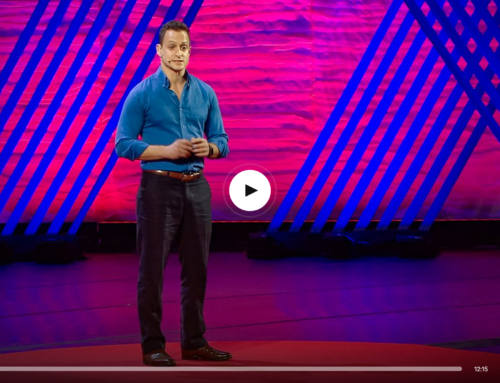I was lucky enough to be the featured author at a YNPN (Young Nonprofit Professionals Network) book club recently, and I was asked such smart questions about my book (“The Impact Triangle”)! It became even more apparent that the principles in the book can be applied to our lives in many ways.
I’d like to share two nuggets from that discussion that seem relevant to most of us in one way or another.
1. How long should we persevere? One of the 3 essentials of The Impact Triangle system is mindset, and your mindset determines your behavior. So think about how you’re thinking. It starts with being really clear about what you’re committed to – the important end goal. Perhaps it’s a new program that will enhance your mission work and impact. You believe it’s possible to achieve, even if you don’t how to do so yet, and you’re psyched!
And like a dog to a bone, we can also have our blinders on in a way that actually slows us down. Have you ever been pushing so hard to a goal that you fail to realize you may be knocking up against a brick wall? You keep pushing despite all obstacles?
This is when it may be time to pause, assess and pivot.
Let go for a minute. That doesn’t mean you have to dismiss the goal, but is there a different direction you could take that gets you there more effectively or efficiently? Do you need to include more people? How are you feeling? What are you thinking? This is not quitting – this is brilliance. Being self-aware is an important quality for leaders.
Pausing to pivot, shifting direction is a smart strategy. When you continue to push on, oblivious to other factors, you actually risk losing sight of the goal because you are so focused on one path. I know, because I recently had a wake-up call when I took a minute to figure out why I was feeling so frustrated with a certain project. I adjusted and am now so relieved!
Sometimes choosing the other fork in the road will serve you better. Once you pivot, you can still persevere to the goal. And pay attention, because you may need to pivot more than once.
2. The difference between “best practices” and “winning practices.” I so appreciate the distinction and hope you will notice this is about mindset also. We’re trained to focus on best practices in the nonprofit sector. Well, I say yes, let’s learn from what has worked but acknowledge that at least some of what is touted as “best” or traditional doesn’t work for every organization or person. The Pony Express was the best mail system once…
Rather, I believe there are winning practices that can be customized to each organization.
You are smart enough to come up some original ideas, and while people like me are here to help guide you in determining what will work best in your unique situation, let’s not get overly dependent on what others have done. Frankly, our sector seems to benefit from new ideas, outside the box thinking, and there are plenty of examples of when the status quo has not served us well. (watch Dan Pallotta’s 2013 TED talk).
So go ahead and try that crazy new fundraising idea, recruit someone to your board who doesn’t necessarily fit the mold, develop that program you’ve always wanted to try even though it’s never been done. Choose the other fork in the road.
Best versus winning – again, perhaps a pivot in a slightly different direction would be “best” for you.
I dare you to try it. Make a choice and let me know how it goes.
For more on mindset, you can check out “The Impact Triangle” here. And if you aren’t sure where to start, let’s set up a free 20 minute strategy call.












Leave A Comment